Your Definitive Guide to the Best Sources of Plant-Based Protein
Chosen theme: The Best Sources of Plant-Based Protein. Dive into approachable science, practical cooking tips, and real-life stories that make protein-rich plants exciting, nourishing, and irresistibly delicious. Join the conversation, share your staples, and subscribe if you want weekly ideas that help your meals sing with flavor and strength.
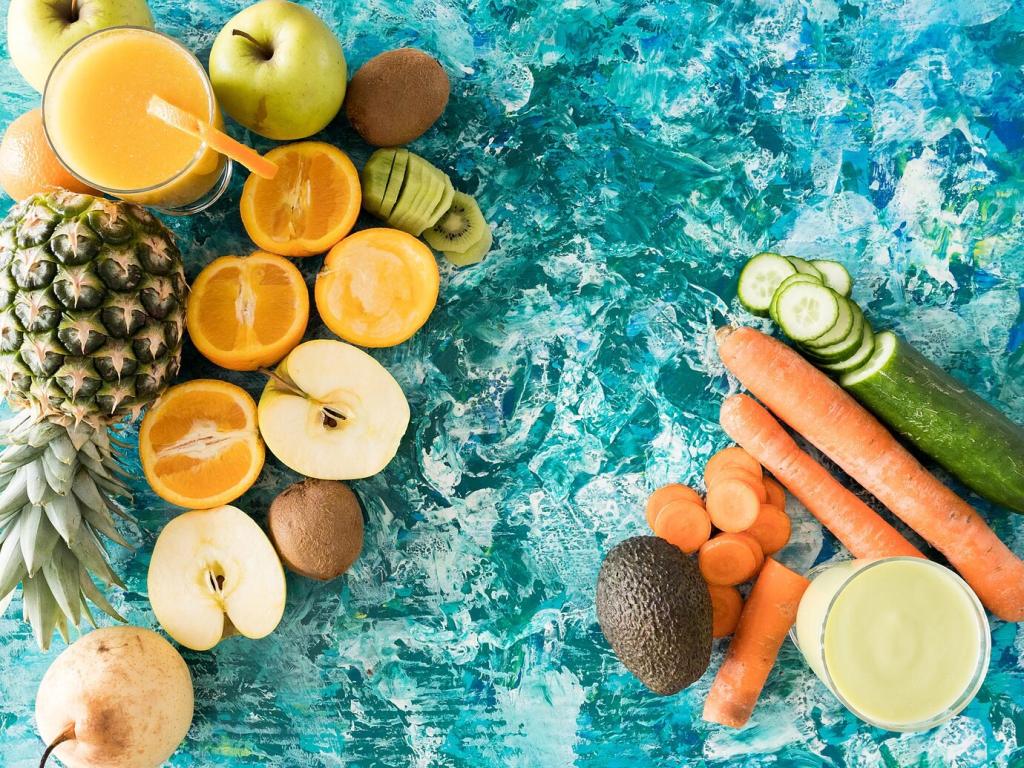
What Makes a Plant Protein the Best?
Quinoa and soy are complete proteins, but most plant foods become complete across your day. Pair legumes with grains, nuts, or seeds, and you will comfortably hit every essential amino acid. Think lentil soup with whole-grain bread or peanut butter on oat toast. Tell us your favorite combos that taste amazing while quietly delivering completeness.
What Makes a Plant Protein the Best?
Cooking, soaking, sprouting, and fermenting can boost protein digestibility and comfort. Tofu, tempeh, and well-cooked beans score impressively on practical measures because they are easy to chew, absorb, and enjoy. If a meal sits heavy, tweak texture or timing. Share what helps your body feel great after high-protein plant meals, from spices to cooking methods.
What Makes a Plant Protein the Best?
When I swapped a rushed tuna sandwich for a smashed chickpea salad with lemon and tahini, I expected less satisfaction. Instead, the crunch, creaminess, and fullness surprised me, and I stayed energized through an afternoon deadline. Protein is not only numbers; it is the comfort that keeps you going. What lunch surprised you with staying power?
Legumes That Lift: Lentils, Chickpeas, and Beans
Lentils cook in about 20–30 minutes and offer around 18 grams of protein per cooked cup, plus iron and potassium. Toss warm lentils with roasted carrots, parsley, and walnuts, then drizzle lemony olive oil. It is the quickest “protein bowl” that never feels like a compromise. What is your go-to lentil dish after a long day?
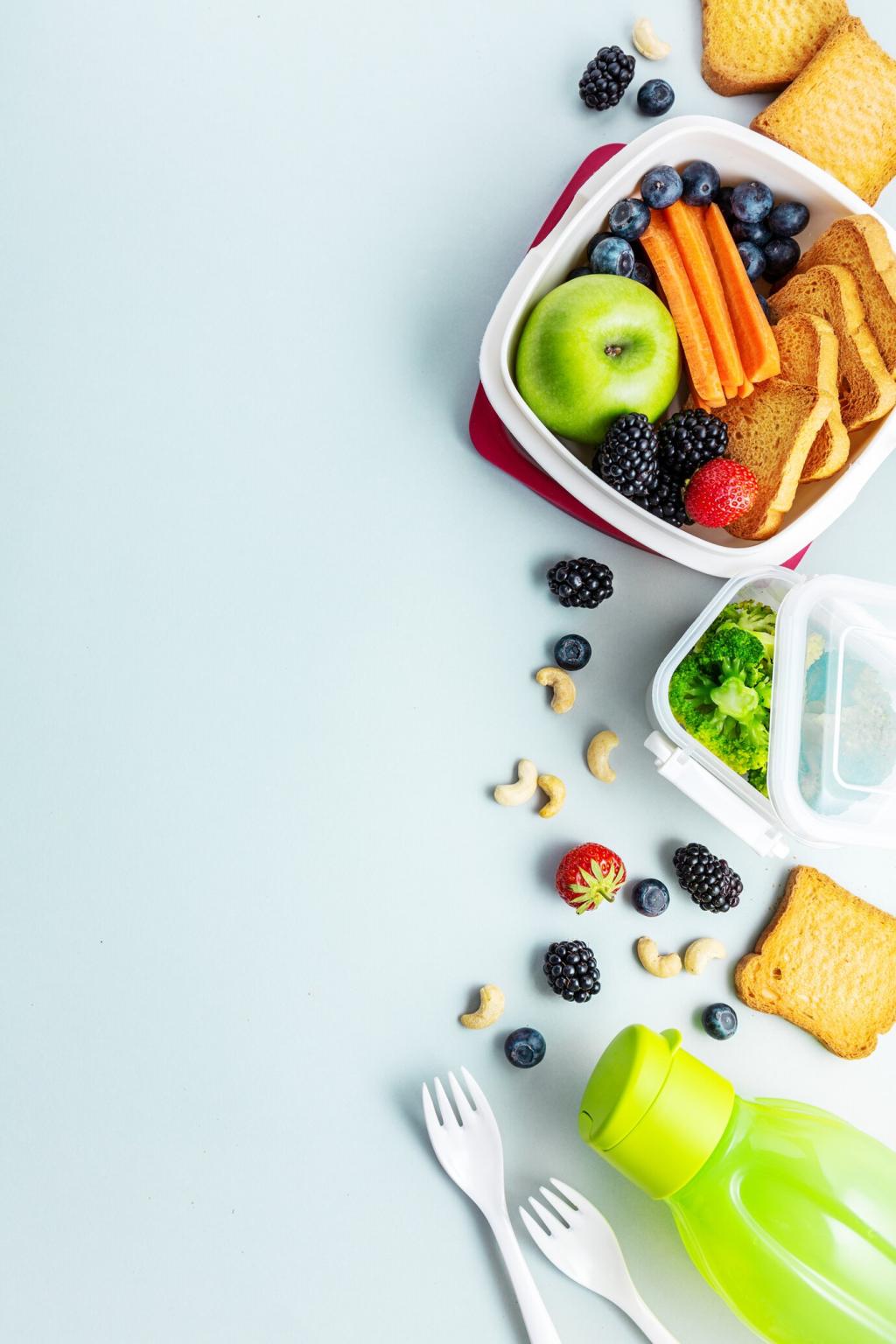
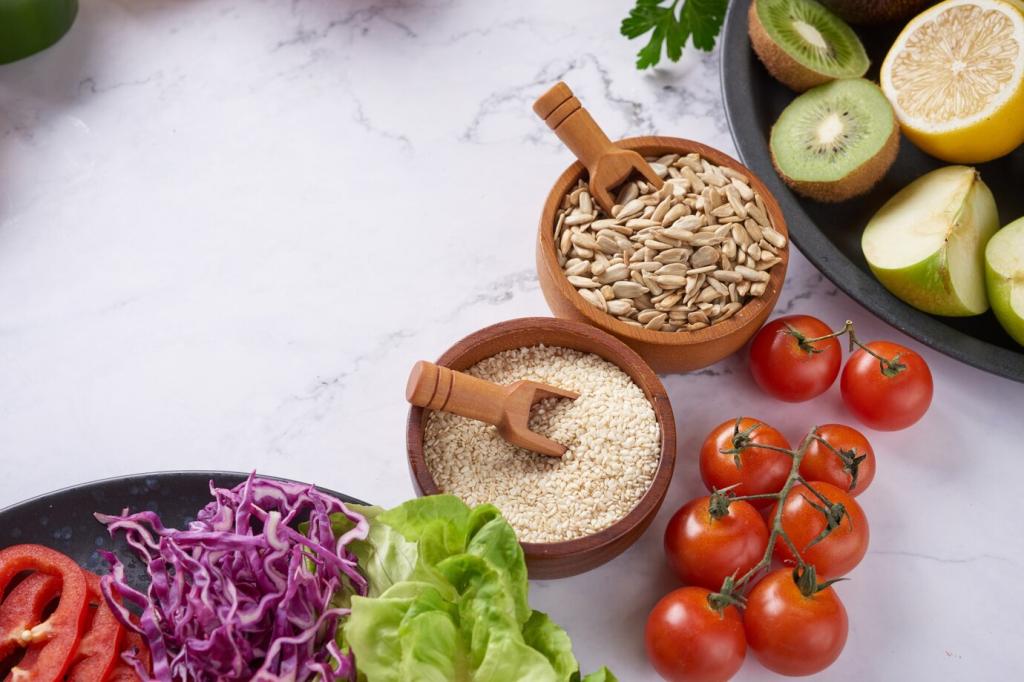
Legumes That Lift: Lentils, Chickpeas, and Beans
A cooked cup of chickpeas brings roughly 14–15 grams of protein, with a satisfying bite. Crisp them in the oven with smoked paprika and sea salt for a protein snack, or mash with tahini, capers, and dill for a bright sandwich filling. Chickpea flour socca also delivers protein and crunch. Tell us your favorite chickpea transformation.
Power of Soy: Tofu, Tempeh, and Edamame
Tofu Textures That Win
Depending on firmness, tofu provides roughly 8–15 grams of protein per 100 grams. Press firm tofu, toss with cornstarch, and sear until crisp, then glaze with ginger-garlic tamari. Silken tofu blends into smoothies or creamy dressings for effortless protein. If you love sauce, tofu loves you back. Which tofu texture do you reach for most?
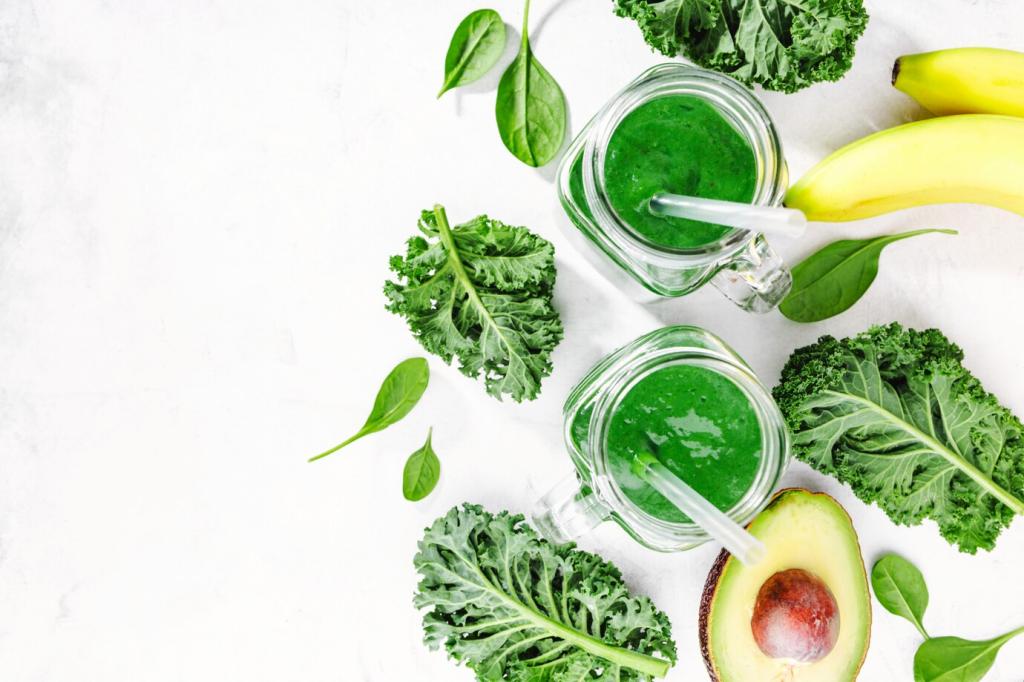
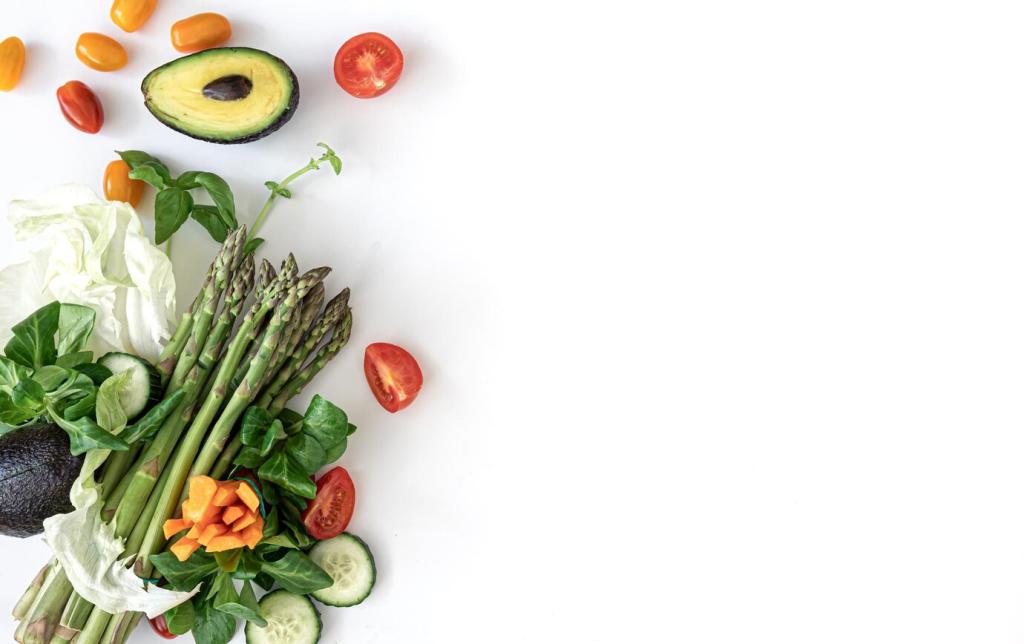
Tempeh, Fermented and Satisfying
Tempeh’s fermentation brings depth, digestibility, and around 19 grams of protein per 100 grams. Marinate in citrus, maple, and chili, then pan-sear for a caramelized crust. A marathoner friend swears tempeh grain bowls improved recovery without feeling heavy. Share your favorite tempeh marinades, and inspire someone’s best post-workout dinner tonight.
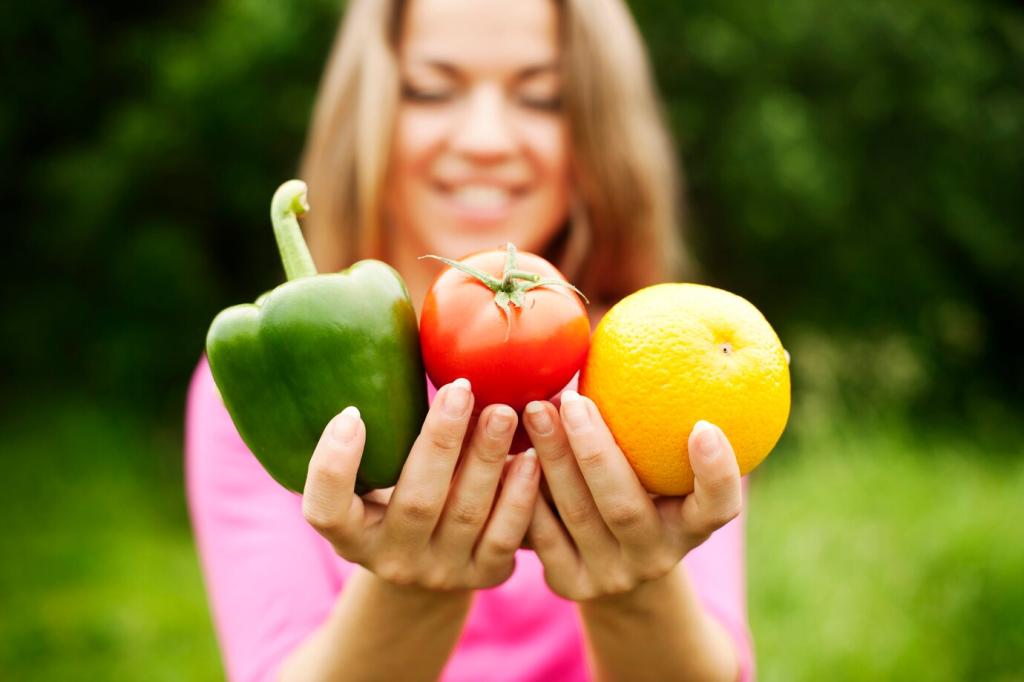
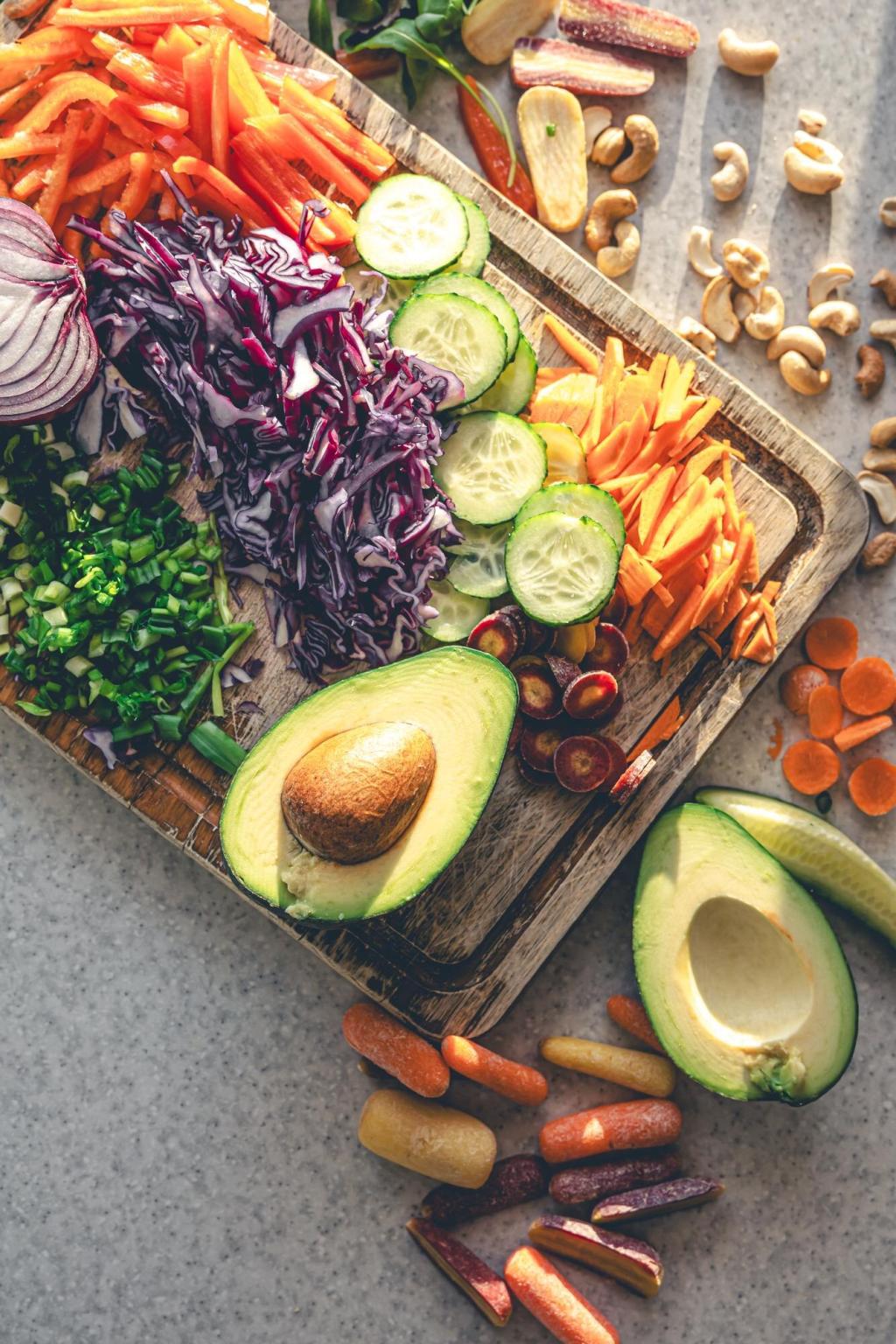
Grains and Pseudograins That Punch Above Their Weight
Quinoa offers about 8 grams of protein per cooked cup and a complete amino acid profile. Rinse to remove bitterness, cook fluffy, and fold in black beans, corn, cilantro, and lime. It is a fast base that loves bold toppings. What is your favorite quinoa bowl that keeps lunch interesting all week long?
Grains and Pseudograins That Punch Above Their Weight
Cooked oats provide roughly 6 grams of protein per cup and welcome upgrades. Stir in soy milk, peanut butter, hemp seeds, and a dash of cinnamon for a breakfast that sticks. Overnight oats shine on chaotic mornings. Share your protein-packed oat ritual and help another reader fall in love with a simple, strong start.
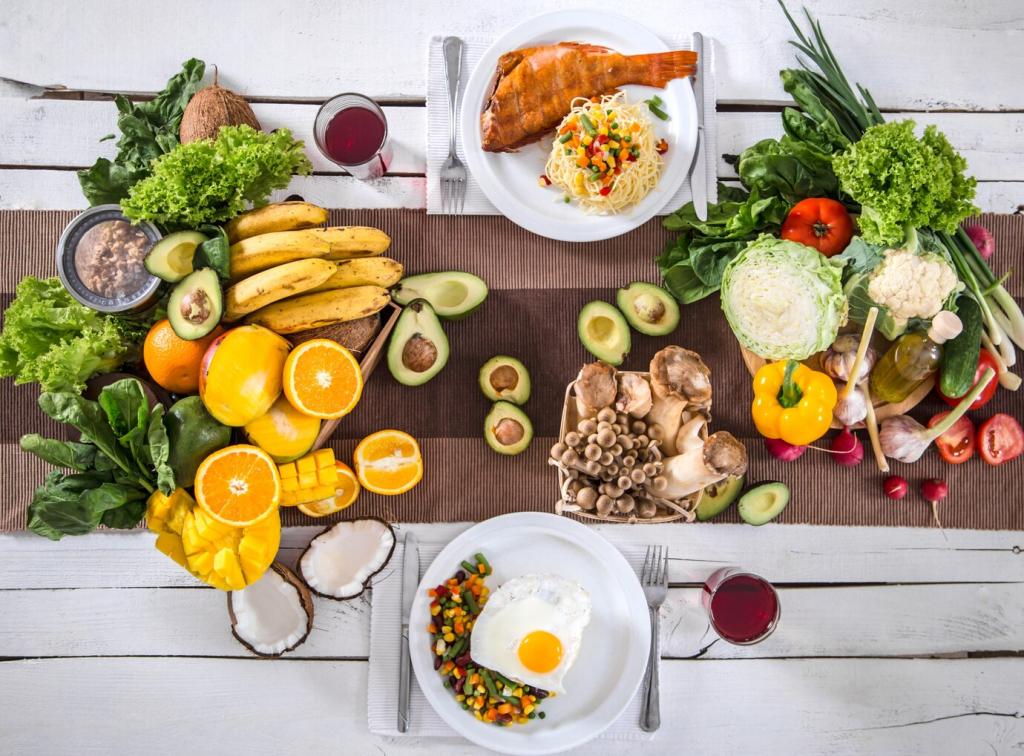
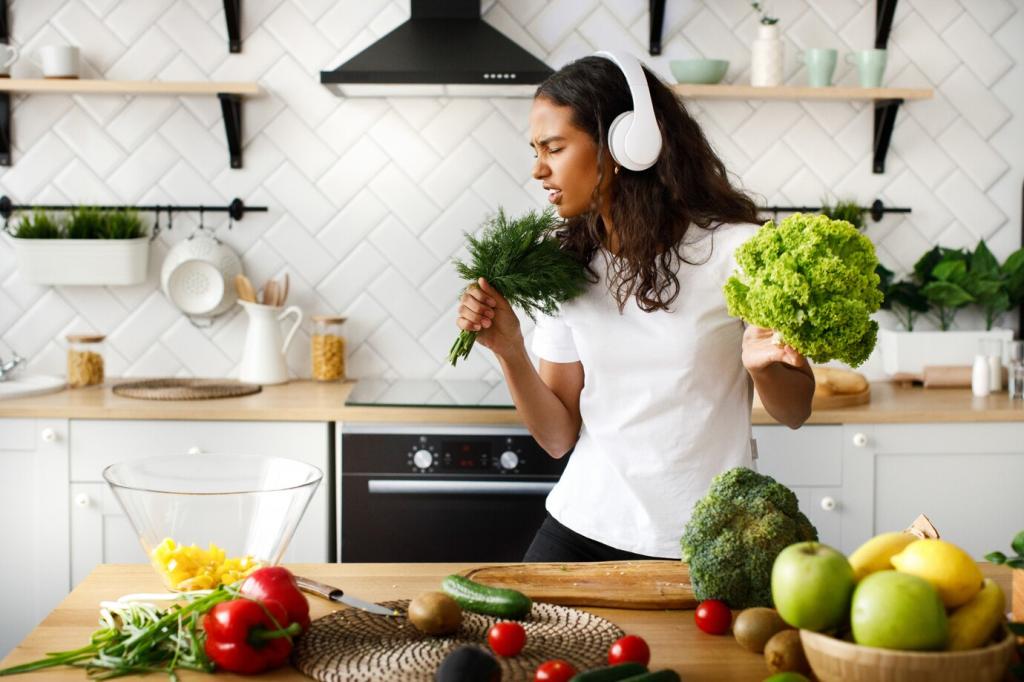
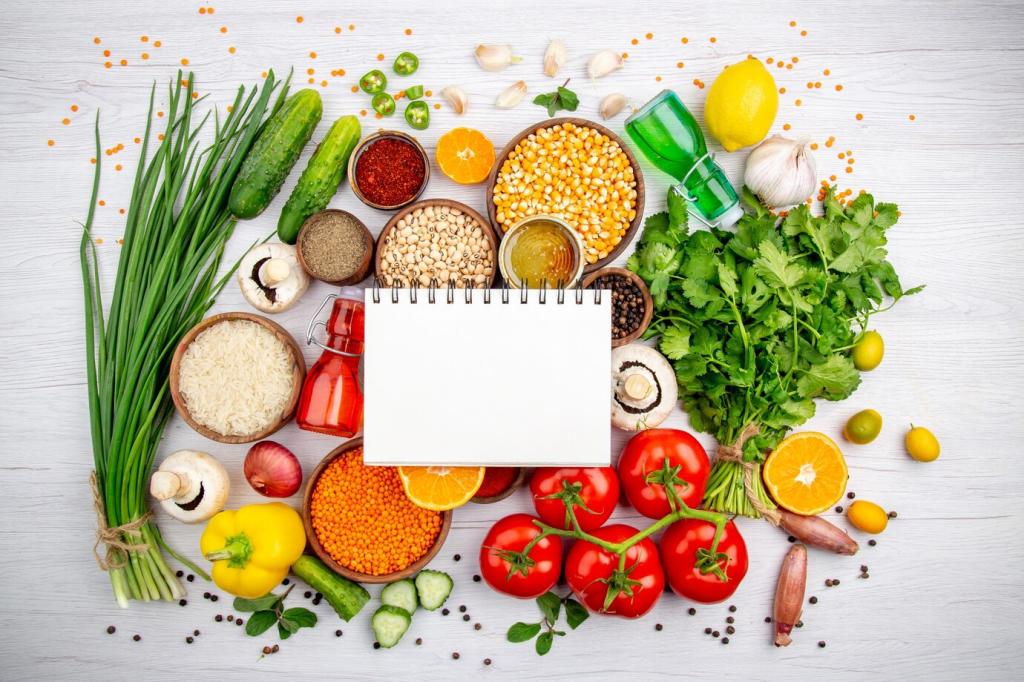
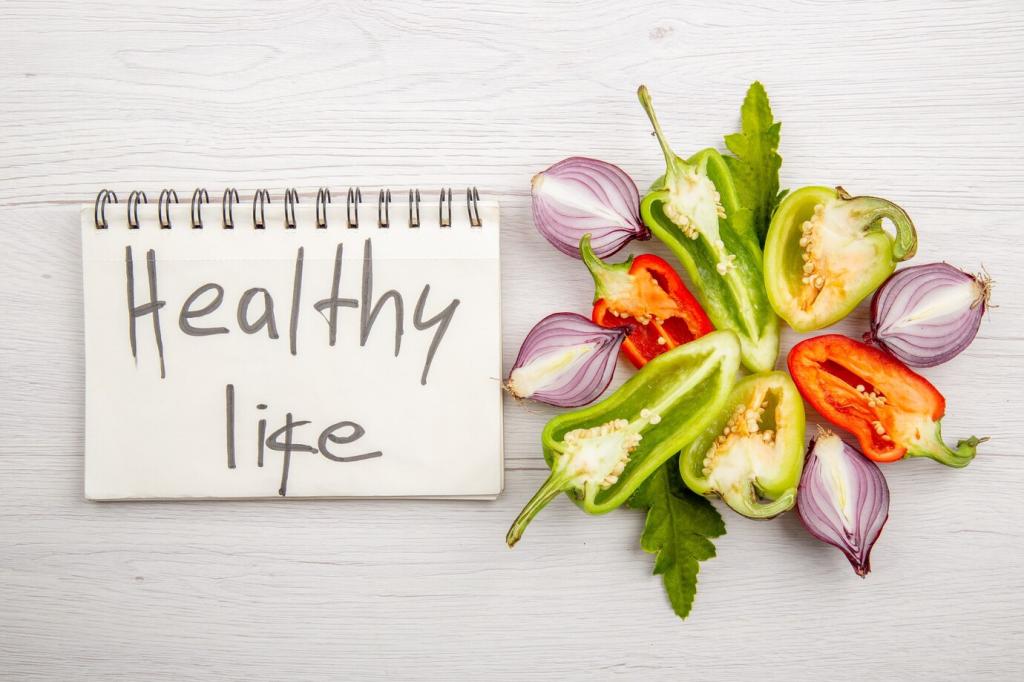
Vegetables and Other Plant-Based Boosters
A cup of green peas offers around 8 grams of protein, and broccoli adds meaningful support with fiber, vitamin C, and crunch. Toss both into pasta with lemony tahini for a bright, protein-forward dinner. Your weeknight plate gets greener and stronger. Which vegetable protein boosters do you sneak into meals without anyone noticing?
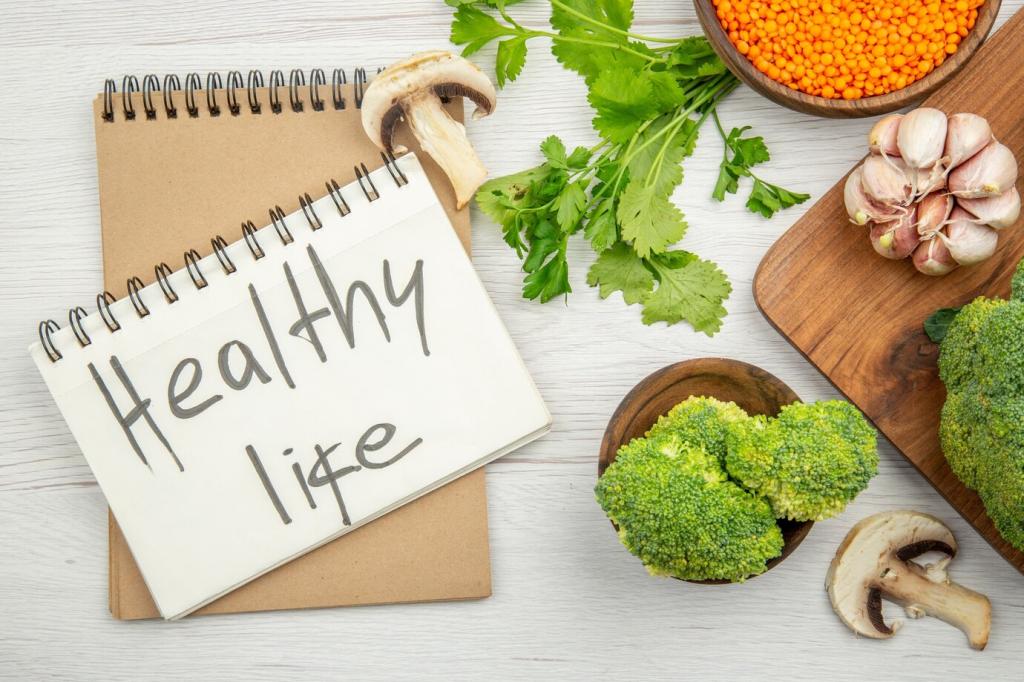

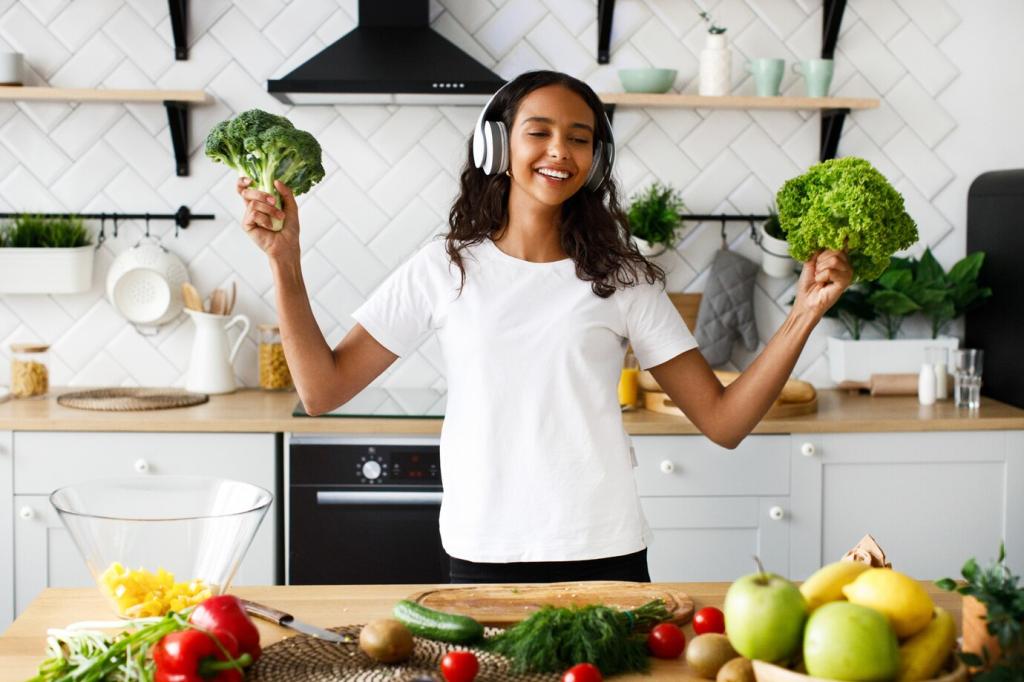

Batching and Freezer Magic
Cook a big pot of beans, roast trays of tofu, and freeze lentil bolognese in flat bags for fast thawing. Future-you will cheer on hectic nights. Jot down two anchor proteins per week and build around them. What do you batch on Sundays that guarantees high-protein meals by Wednesday’s whirlwind?
Budget Wins with Bulk Bins
Dry beans, lentils, and seeds deliver exceptional protein per dollar. Store in jars, label cooking times, and keep a spice trio you love. A simple chili can feed days, with toppings that feel new each time. Share your best budget protein trick, and help another reader eat well without stress or compromise.
Make It Social and Fun
Host a plant-protein potluck where each friend brings a favorite high-protein dish, from tempeh tacos to quinoa salads. Swap recipes, laugh, and collect ideas for the month ahead. Comment with your theme night and we might feature it. Subscribe for a weekly nudge filled with practical lists, recipes, and smart shopping tips.
